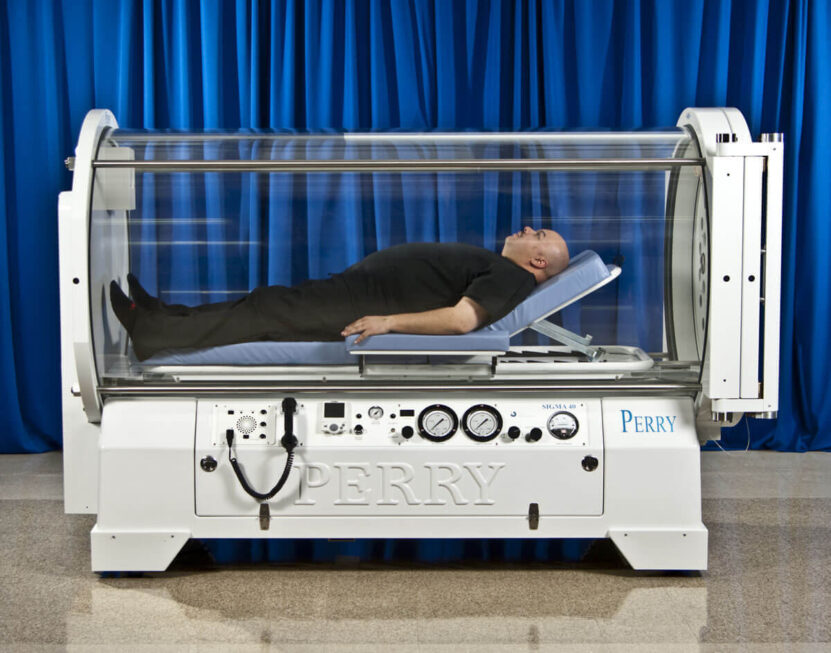Hyperbaric therapy, a crucial treatment modality in modern medicine, utilizes two distinct types of chambers – multiplace and monoplace.
These chambers offer high-pressure oxygen environments for various therapeutic purposes. This guide will explore the differences between multiplace and monoplace chambers, illuminating their unique features, applications, and advancements as of 2024.
The Essence of HBOT
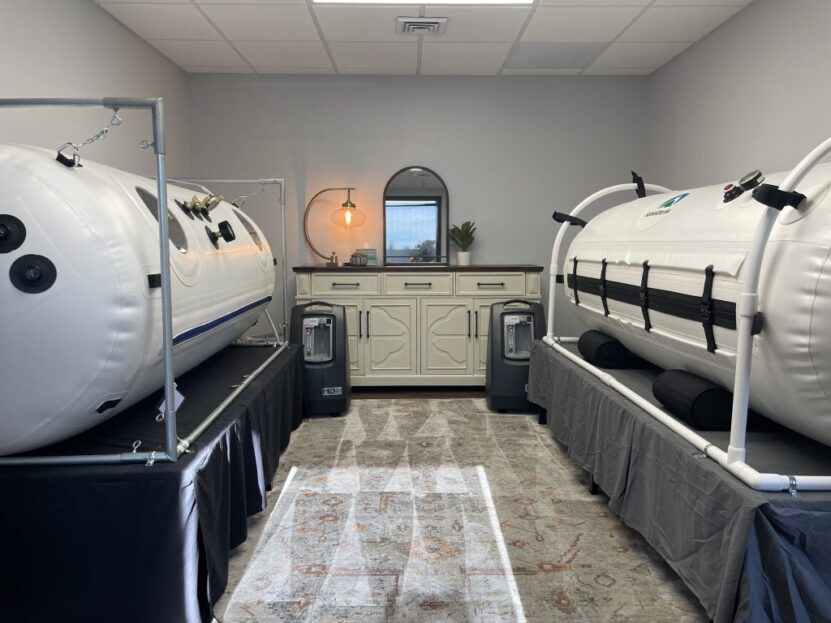
Hyperbaric Oxygen Therapy (HBOT) involves breathing pure oxygen in a pressurized environment. This enhanced pressure allows the body to absorb more oxygen than it would at normal atmospheric pressure. The increased oxygen levels in the bloodstream accelerate healing, fight infection, and improve the body’s overall function.
Applications
HBOT has gained traction in treating a plethora of medical conditions, such as decompression sickness, severe anemia, brain abscess, and burns. It also plays a role in enhancing recovery from radiation injury and aiding wound healing, especially in diabetic foot ulcers.
The Evolution of HBOT Technology
Over the years, HBOT technology has evolved significantly. Innovations have led to safer, more effective treatments, with improvements in chamber design and oxygen delivery systems. This evolution has shaped the development of the two primary types of chambers: multiplace and monoplace.
Multiplace Hyperbaric Chambers
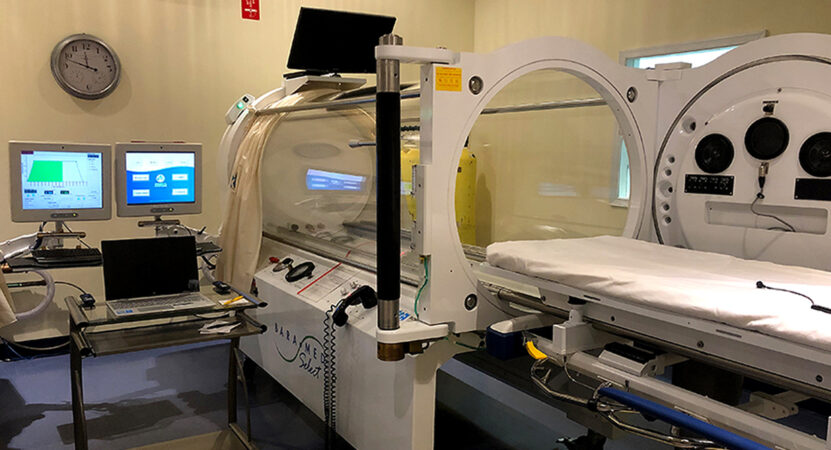
Multiplace chambers are large, room-like structures capable of accommodating multiple patients simultaneously. They are commonly found in hospitals and specialized treatment centers.
Design Features
- Size and Capacity: These chambers are spacious, allowing for several patients, medical personnel, and even medical equipment.
- Pressure Source and Environment: Air is typically used to pressurize the chamber, while patients breathe pure oxygen through masks or hoods.
Operational Aspects
- Safety Protocols: Given their size and complexity, multiplace chambers have stringent safety protocols. Emergency procedures are in place to handle any potential risks.
- Staffing Requirements: They require trained personnel to operate and monitor the chamber during treatment sessions.
Advantages of Multiplace Chambers
- Patient Monitoring: Facilitates direct patient observation and medical intervention during treatment.
- Treatment of Critically Ill Patients: Ideal for treating patients who require life support or continuous medical monitoring.
- Social Interaction: Allows for interaction among patients, which can be comforting and reduce feelings of claustrophobia.
Limitations and Challenges
- Cost and Space Requirements: They are expensive to install and operate and require significant space.
- Complex Operation: Requires specialized training and multiple staff members for safe operation.
Monoplace Hyperbaric Chambers

Monoplace chambers are designed to treat a single patient at a time. These cylindrical units are more compact and are increasingly popular in various clinical settings.
Design Features
- Size and Structure: Typically smaller and cylindrical, designed for a single patient.
- Pressure Source and Environment: These chambers are pressurized with 100% oxygen, eliminating the need for masks or hoods.
Operational Aspects
- Ease of Use: Simpler to operate than multiplace chambers and require fewer staff members.
- Safety Features: Equipped with emergency communication systems and are designed for quick decompression if needed.
Advantages of Monoplace Chambers
- Individualized Treatment: Each patient receives treatment in a private, controlled environment.
- Cost-Effectiveness: Less expensive to install and maintain compared to multiplace chambers.
- Flexibility in Placement: Their smaller size makes them suitable for various clinical settings, including smaller medical facilities.
Limitations and Challenges
- Limited Patient Monitoring: Direct patient observation and immediate medical intervention are more challenging.
- Isolation: Some patients may feel claustrophobic or isolated during treatment.
Comparing Multiplace and Monoplace Chambers
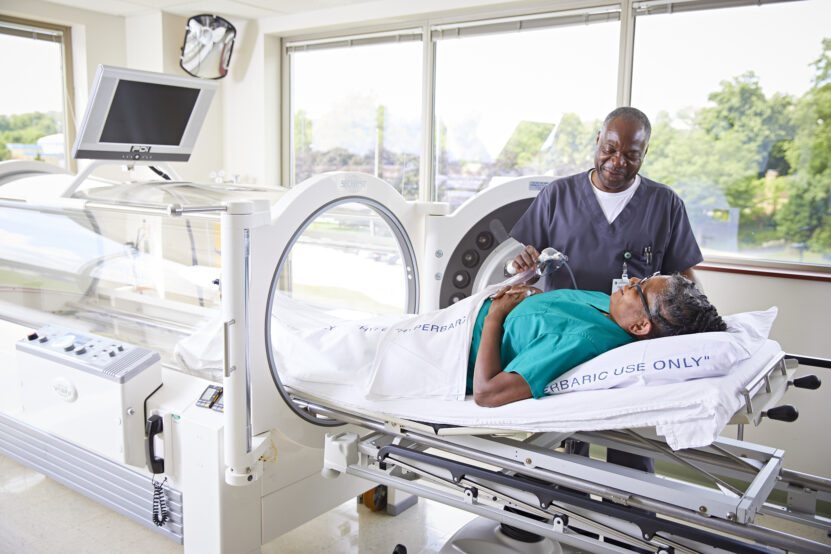
The primary differences between multiplace and monoplace chambers lie in their capacity, operational requirements, and applications. Multiplace chambers accommodate multiple patients and require air pressurization, whereas monoplace chambers are designed for individual treatment and are pressurized with pure oxygen.
Suitability for Different Conditions
Multiplace chambers are preferable for treating patients needing constant monitoring or those on life support. In contrast, monoplace chambers are suitable for less critical conditions and offer the advantage of privacy and ease of installation in various healthcare settings.
Cost and Accessibility
Multiplace chambers involve higher installation and operational costs, making them less accessible for smaller medical facilities. Monoplace chambers, being more affordable and compact, have seen wider adoption in diverse clinical environments.
What Future Holds In Store
Technological Advancements
The future of hyperbaric chambers lies in technological innovation, focusing on enhancing safety, comfort, and efficacy. Innovations may include advanced monitoring systems, improved pressure control mechanisms, and more patient-friendly designs.
Expanding Applications
As research continues, the scope of conditions treatable by HBOT is expanding. This growth may lead to increased demand for both types of chambers, each catering to specific patient needs.
Integration with Other Therapies
There is potential for integrating HBOT with other treatment modalities, potentially offering synergistic effects in patient care. This integration could redefine treatment protocols in various medical specialties.
The Decision: Multiplace vs. Monoplace
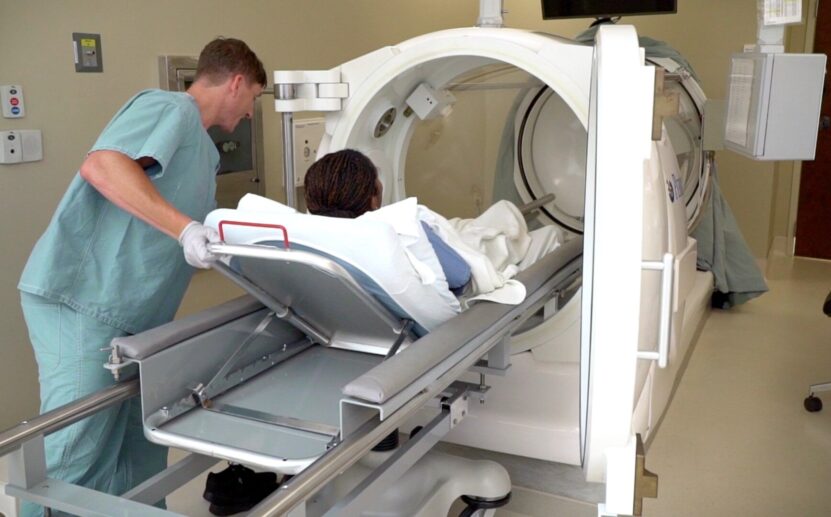
When selecting between multiplace and monoplace chambers, several factors come into play. These include the specific medical condition being treated, patient preferences, the level of monitoring required, and the healthcare facility’s budget and space constraints.
Patient Comfort and Experience
- Monoplace Chambers: Offer a more private experience but can induce feelings of claustrophobia in some patients.
- Multiplace Chambers: Provide social interaction and can be less intimidating for those uncomfortable with confined spaces.
Clinical Considerations
- Severity of Condition: Critical cases may necessitate the use of multiplace chambers for continuous monitoring.
- Treatment Protocol: Some conditions may respond better to the type of oxygen delivery system used in one type of chamber over the other.
The Role of Medical Professionals
Medical professionals play a crucial role in determining the most suitable type of chamber. Their decision is based on a thorough assessment of the patient’s medical condition, treatment history, and overall health status.
Safety and Compliance in HBOT
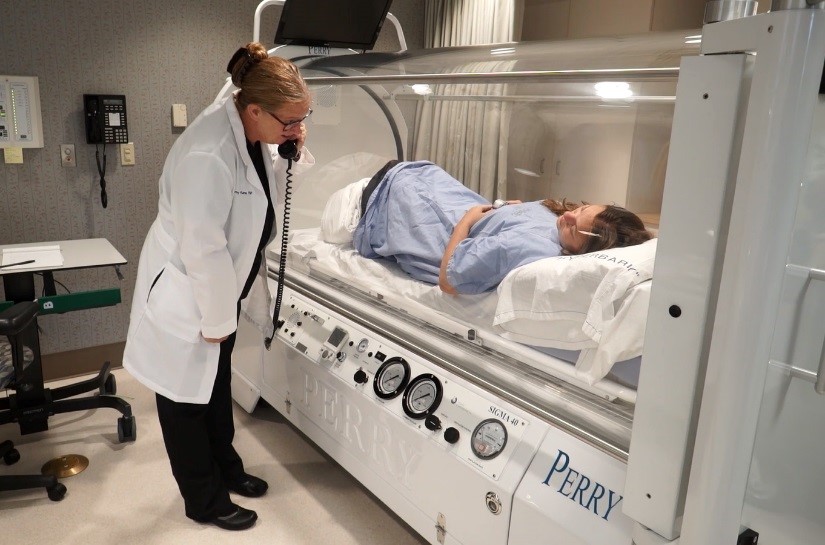
Regulatory Standards
Both multiplace and monoplace chambers must adhere to stringent safety and regulatory standards. These regulations ensure the safe operation of the chambers and safeguard patient health.
Certification and Maintenance
- Regular Inspections: Both types of chambers require regular inspections and maintenance to ensure they meet safety standards.
- Operator Training: Operators of these chambers must be adequately trained and certified, ensuring they can handle emergency situations effectively.
Emergency Protocols
Emergency protocols are critical for both types of chambers, though the specifics may vary. For instance, multiplace chambers often have built-in systems for rapid decompression and emergency exits, while monoplace chambers are designed for quick patient extraction in case of an emergency.
Final Words
In the dynamic field of hyperbaric medicine, the choice between multiplace and monoplace chambers depends on various factors, including patient needs, treatment objectives, and resource availability. Both chamber types have their distinct advantages and limitations, making them suitable for different clinical scenarios.
As technology advances and the scope of HBOT expands, the importance of understanding these differences becomes ever more critical in providing optimal patient care. This guide offers a comprehensive overview of the current state of multiplace and monoplace hyperbaric chambers, shedding light on their roles in modern medicine and their potential future developments.

